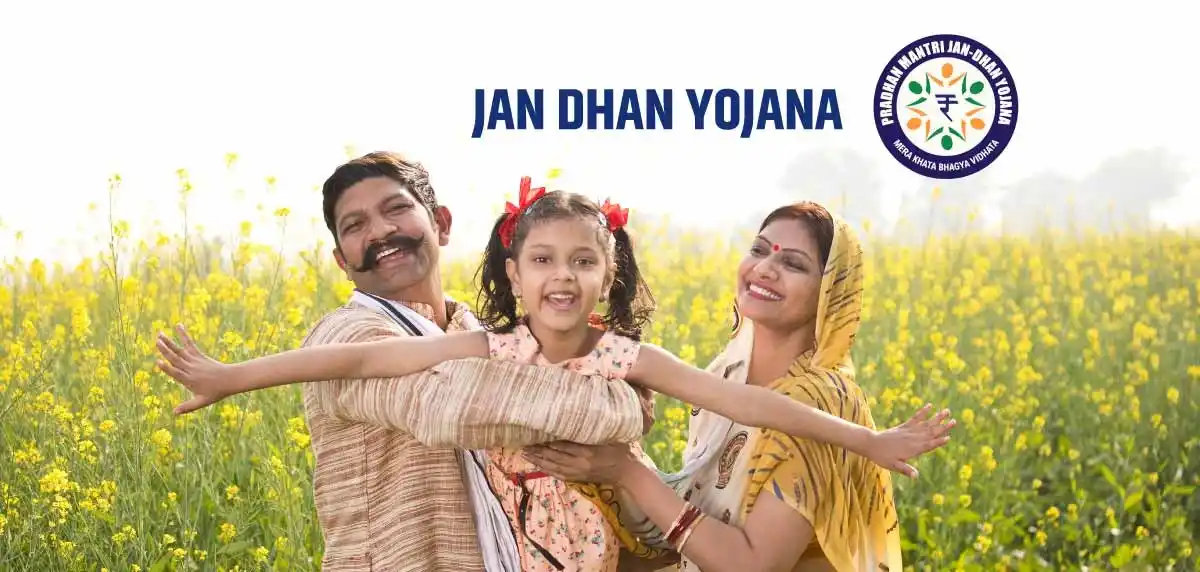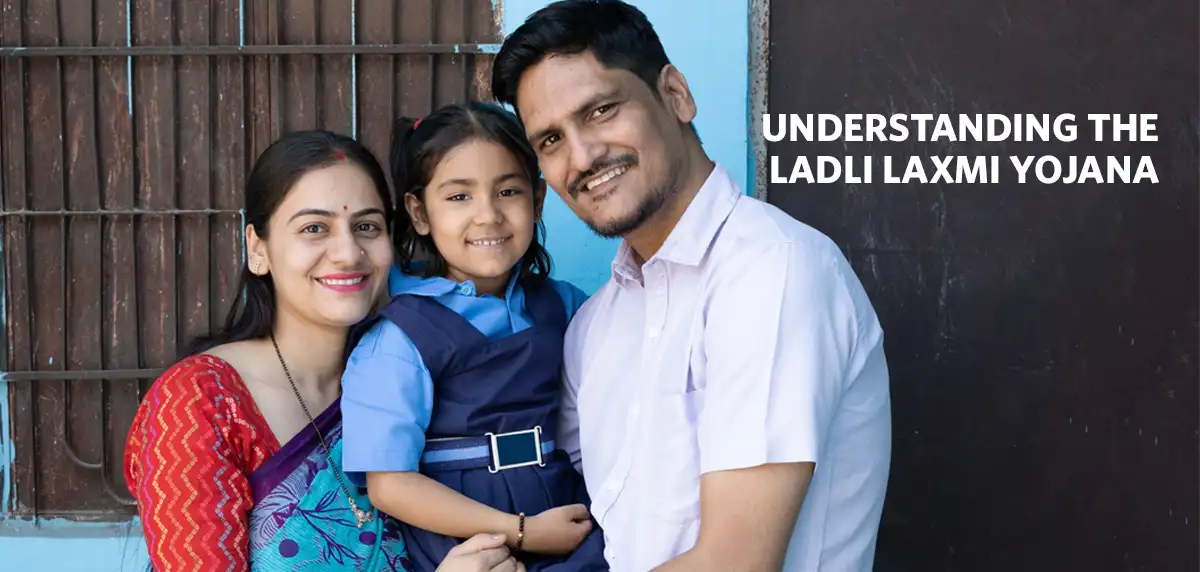Education is not just a fundamental right but also the foundation of a progressive and equitable society. Recognising this, the Indian government has consistently launched and supported various programs. The aim has always been to provide accessible and free education in India, particularly to those from marginalised communities. These government schemes for free education are precisely designed to break down existing barriers, promote increased enrolment rates, foster literacy, and champion gender equality. With support, these government schemes for free education in India focus on empowering children, nurturing all-inclusive development, and paving the way for a brighter future for all its citizens.
Benefits of Government-Backed Free Education Programs in India
Think of these educational schemes as comprehensive support systems that tackle multiple challenges at once. These initiatives ensure that every child, regardless of their socioeconomic background, has the opportunity to receive quality education, thereby fostering a more inclusive and equitable learning environment. By providing essential resources such as midday meals, scholarships (financial aid awarded to students based on academic achievement or merit), and residential facilities, these programs make education more affordable and accessible to those who need it most.
What's particularly impressive is how these child education plans focus on girls' education. Many families traditionally prioritise boys' schooling when money is tight, but with targeted support and resources, these schemes address the issue of high dropout rates among girls, helping to bridge the gender gap in education effectively. Empowering girls with skills and knowledge not only benefit them individually but also contributes to the overall advancement of society.
The ripple effects extend far beyond individual students. When children from marginalised communities gain access to quality education, they develop skills that help break generational poverty cycles.
These child education plan don't just centre around academic subjects; they also support the young ones with midday meals ensuring proper nutrition, distribute free textbooks and uniforms, and create safe learning environments where they can thrive. Parents can also plan effectively using tools like a child plan calculator to estimate future educational expenses and align them with available government support.
Prime Government Schemes for Free Education in India
Here is the list of the central government’s free education schemes which are at the forefront of the effort to provide free education:
1. Sarva Shiksha Abhiyan (SSA)
Launched in 2001, SSA aims to provide universal elementary education to children aged 6-14 years. This program ensures schools are accessible within walking distance and provides special support for children from scheduled castes, tribes, and minorities.
2. National Programme for Education of Girls at the Elementary Level
NPEGEL specifically helps girls who haven't been able to attend school regularly. It provides additional academic support and works with communities to change attitudes about girls' education.
3. Beti Bachao, Beti Padhao
The Beti Bachao, Beti Padhao central government free education scheme aims to address the declining child sex ratio and promote the education and empowerment of girls. This provides financial incentives and works to change mindsets about female education.
4. Rashtriya Madhyamik Shiksha Abhiyan:
RMSA focuses on making secondary education more accessible and improving overall school amenities. Expanding infrastructure and providing better-trained faculty remove geographic and quality-related barriers that can impede higher-level education.
Apart from these, the government also backs schemes such as Samagra Shiksha, the CBSE Udaan Program, and Kasturba Gandhi Balika Vidyalaya (KGBV).
By addressing the financial, social, and infrastructural barriers, these programs have made significant strides in ensuring that every child, regardless of their background, has access to quality child education plan. These government schemes for free education create unprecedented opportunities for Indian families to secure their children's educational future without an overwhelming financial burden.
To make the most of these opportunities, it is important to combine government support with thoughtful personal financial planning. You may do so after thoroughly planning your finances, with the help of tools (like a life insurance calculator) before you buy a well-structured life insurance policy. This can help you assess the right coverage to safeguard your child’s education, ensuring continuity even in unforeseen circumstances. Make informed decisions about available support systems and ensure you're maximising every benefit that can contribute to your child's bright educational journey.





















